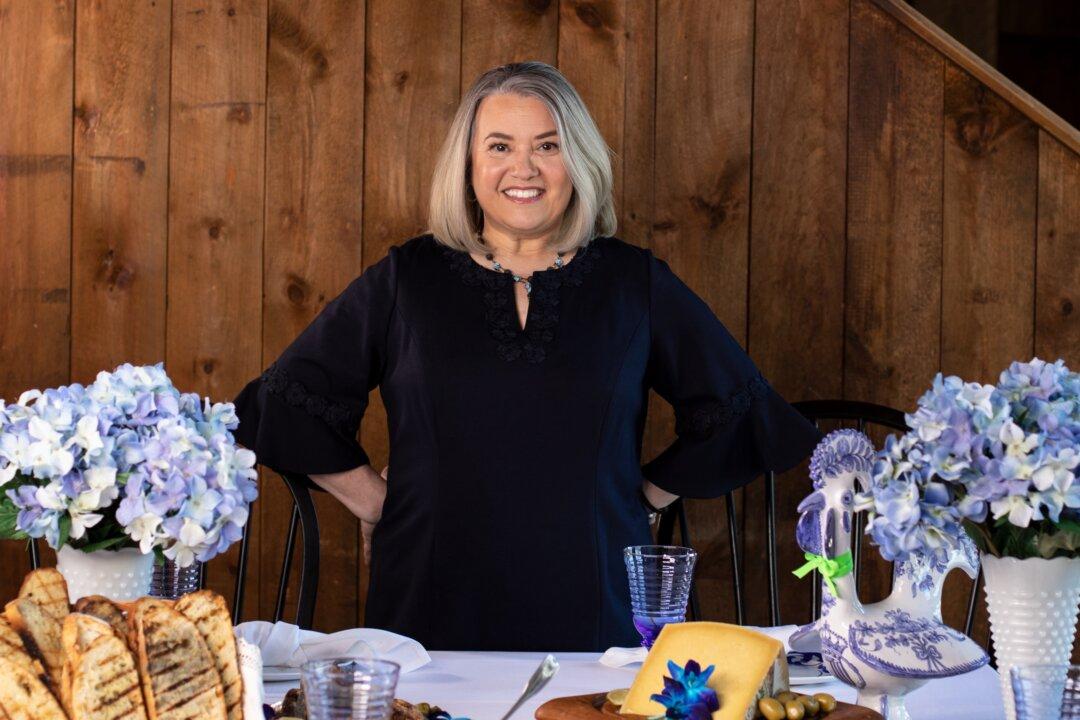MOUNT VERNON, Va.—Mount Vernon, the home of George Washington, is one of the most iconic landmarks of our nation. The austere mansion and surrounding farm in northern Virginia, just south of Washington, represents so much about our first president’s own values and ambitions.
Much of what Washington believed was possible of our nation at its beginnings was reflected in his work and improvements at Mount Vernon.





